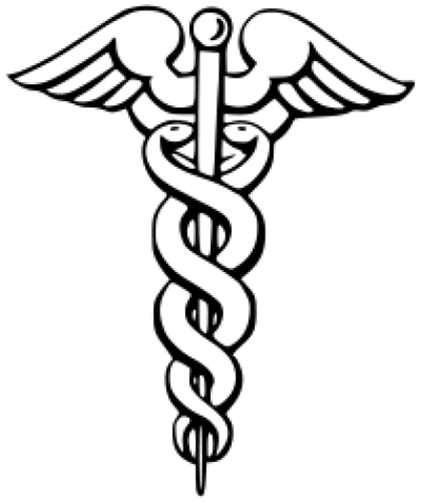New Products
Manulife's Critical Illness Coverage Widens For "Sandwich Generation"

The financial services group is widening its critical illness coverage.
Manulife Hong Kong, part of Canada-based tag|Manulife">Manulife, has launched a critical illness service extending coverage to clients' parents and children, including children yet to be born.
The product is pitched at the "sandwich generation" - working-age people who support their parents and children.
ManuLove Care, as the service is known, provides the insured with protection up to the age of 100, covering 60 major critical illnesses, 44 early stage critical illnesses and eight juvenile diseases.
Critical illness cover is not always appreciated as a tool in the wealth management kit - and the publisher of this news service has spoken to practitioners, such as during a breakfast briefing held in Singapore (see here), about the importance of this area. A number of firms operate in the space. For example, this publication spoke to recently-launched Singapore Life about its offerings.
"While one in three people in Hong Kong[1] will be diagnosed with cancer by the age of 85, many do not have critical illness insurance protection themselves and overlook the importance of such protection for their children. This leaves them vulnerable to long-term financial stress if an illness strikes them or family members," Wilton Kee, chief product officer for individual financial products at Manulife Hong Kong, said.
Parents are protected against cancer from the age of 55 to 85. Children, including those born in the future, are protected up to the age of 18 against 60 major critical illnesses, eight juvenile diseases, including critical illnesses arising from undetected congenital conditions. No underwriting is required for the covered parents and children, subject to a two-year elimination period.
Manulife said that if a family member with cover is diagnosed with a covered critical illness, 20 per cent of the notional amount (up to HK$200,000 / $25,000) per covered family member is claimable. This family benefit is payable twice if two different family members with cover each suffer from a covered illness. This family benefit, if claimed, does not affect the benefit that the insured is entitled to.
The firm said that there is a gap in coverage. A recent client survey that it carried out found that more than half (53 per cent) of respondents with health or critical illness insurance do not have a family plan, while only one-third (33 per cent) have a family plan that covers critical illness. Meanwhile, 64 per cent of respondents' parents do not have critical illness protection.
For critical illness protection for the children, only 36 per cent of respondents with children have this coverage, and some 70 per cent of respondents with parents and children said they would choose a critical illness plan that could cover them and their parents and children, if there were such an option, the firm's survey found.
